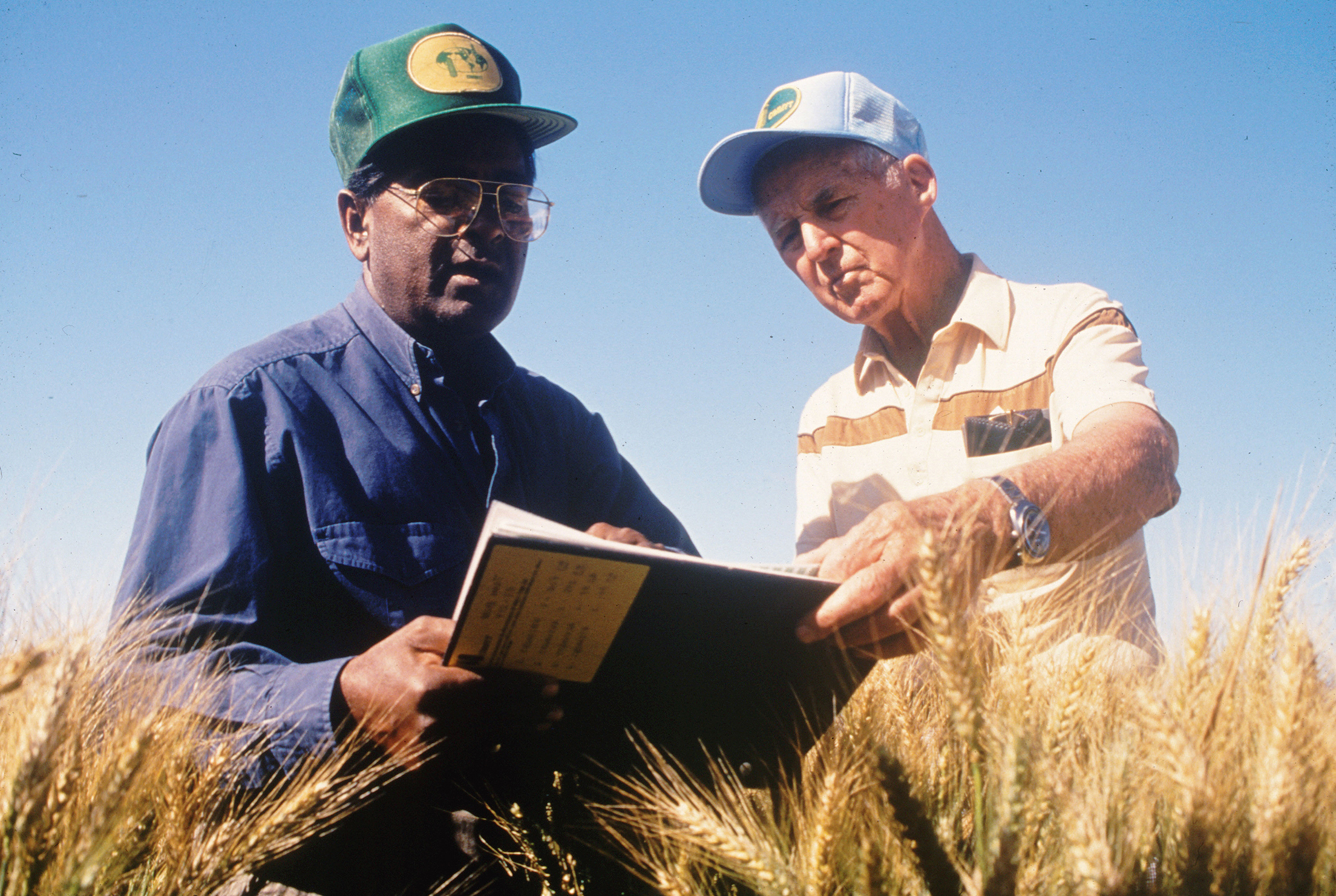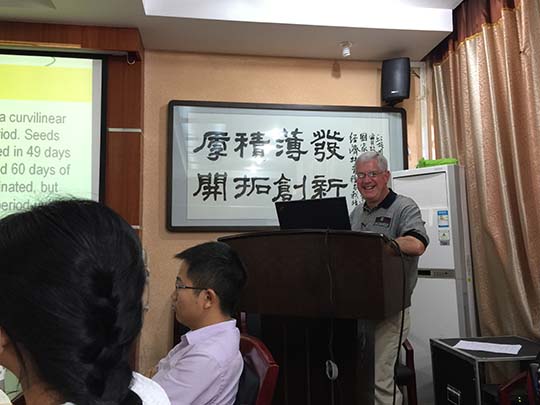 CAES News
CAES News
Faculty International Travel Funding Award
The Office of Global Programs has again awarded grants through its Faculty International Travel Funding Program that will allow 11 University of Georgia College of Agricultural and Environmental Sciences faculty members to meet colleagues in eight countries during the next several months.

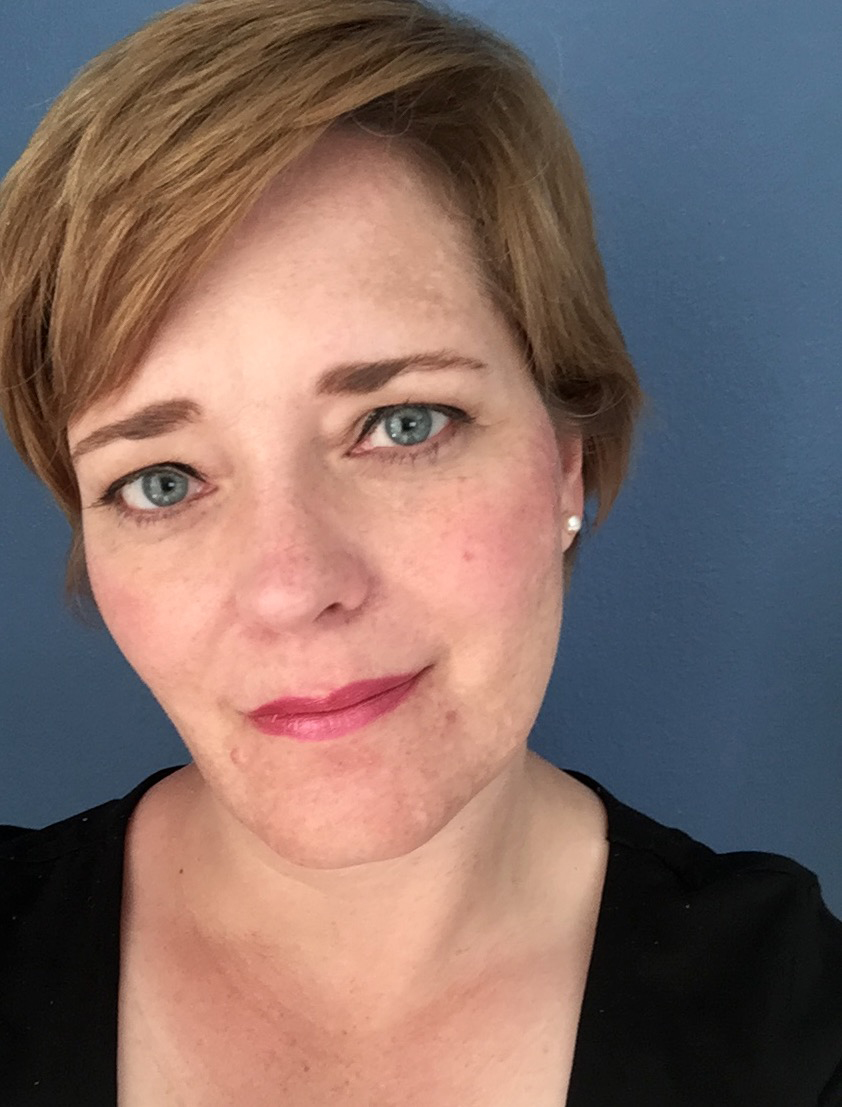
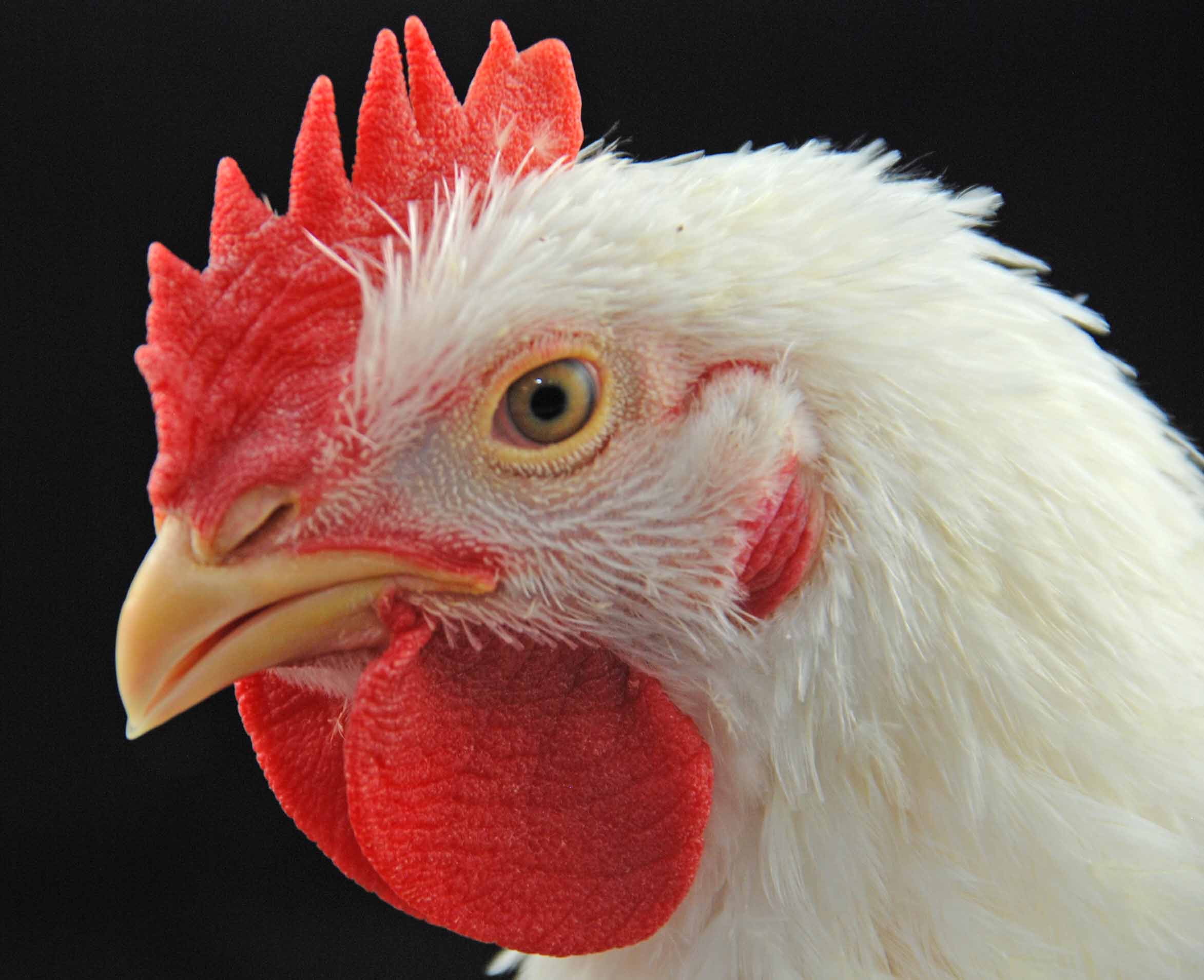
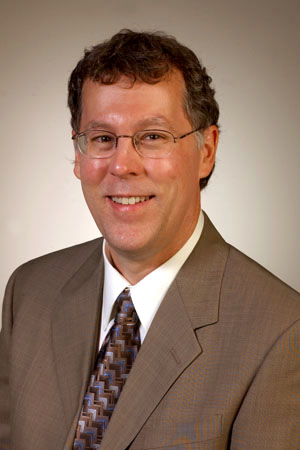

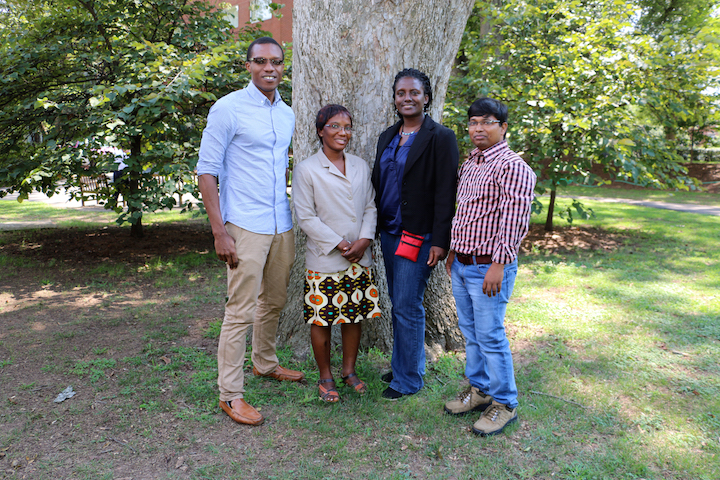
.jpg)
